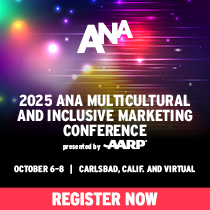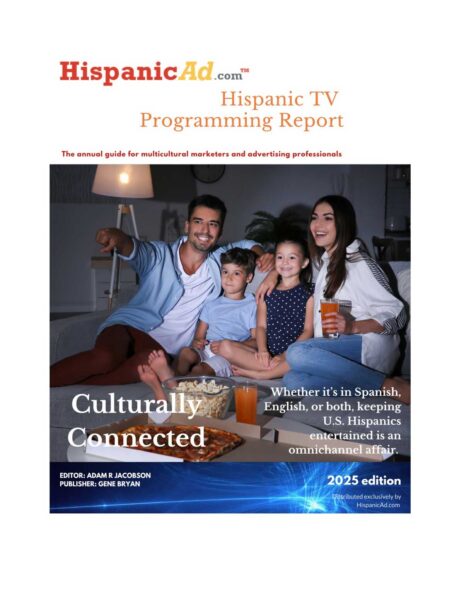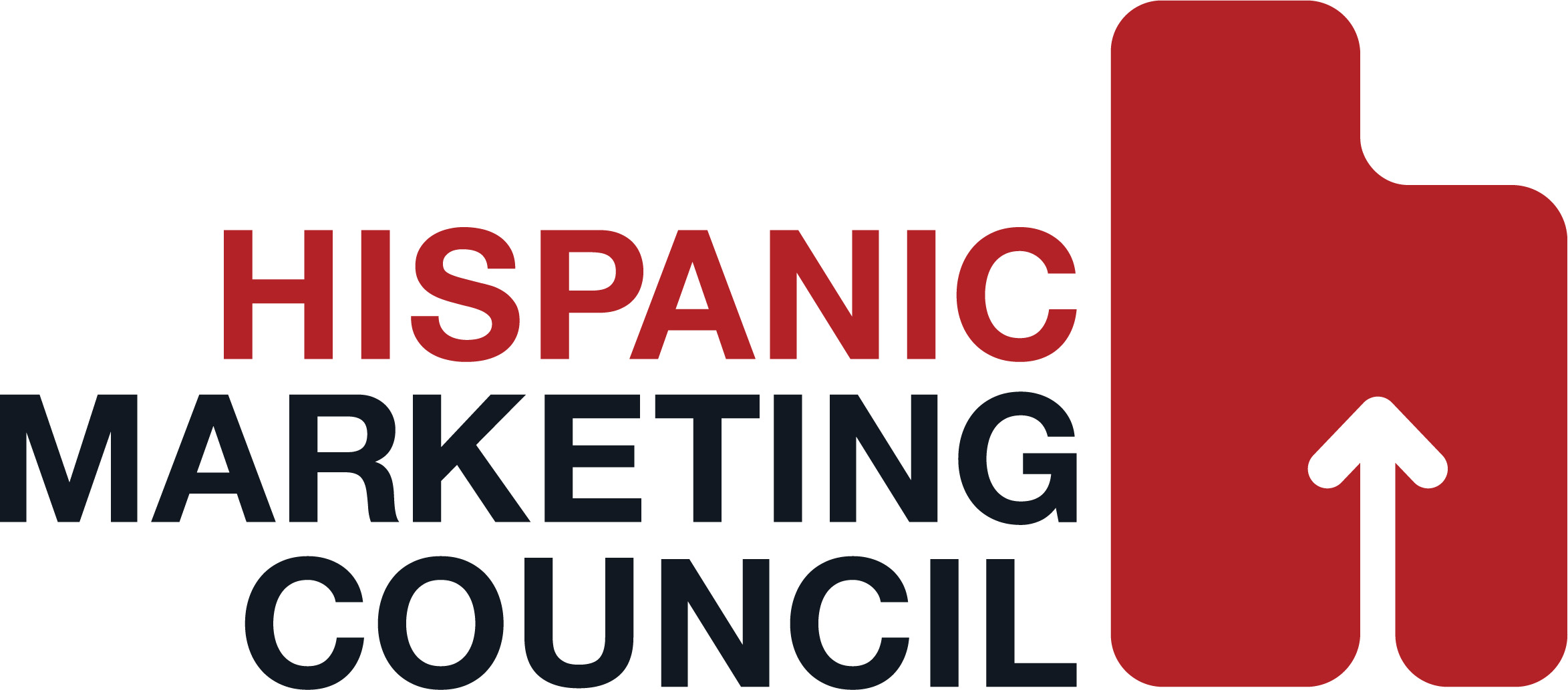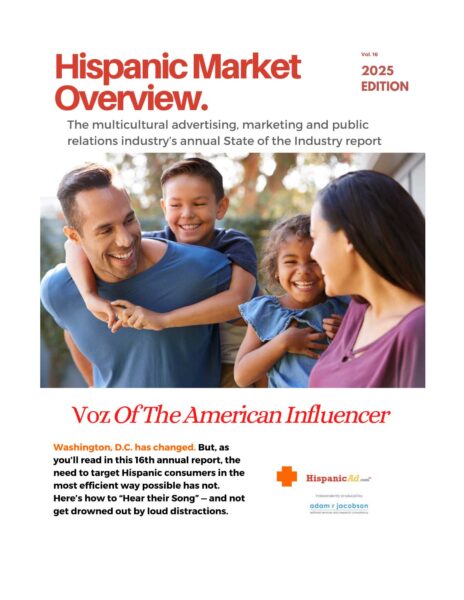Critical Essay on Hispanic Consumer Trends in the U.S.
June 25, 2025

By Sofia Martinez
Are Hispanic Brands Taking Over the Grocery Store Shelves?
For this paper, I’ve chosen to focus my research on food brand marketing and the influence that the Hispanic population has had on this industry. When it comes to Hispanics, this market has been categorized as one of the fastest growing workforce groups in the nation today (“U.S. Bureau of Labor Statistics”, 2024). They value their culture and enjoy spending time together with family, which food is a central part of. In addition, food plays a pivotal role in all forms of celebrations and has become a form of expression, tradition, and connection for Latinos (Barrett, 2023). Hispanic family milestones wouldn’t be celebrated properly without food being present at the occasion. Food represents more than just a way of nourishment, but rather a way for Hispanic families to share stories and share memories from their homeland (Vaamonde, 2023). By passing down traditions and recipes, Latinos continue to keep their family roots alive for generations to come.
With over 62 million Hispanics living in the United States today (Korzenny et al., 2024), more than ever food brands are targeting their product marketing towards the Hispanic community. Food is a central part of Hispanic culture, which is why it’s becoming an integral part of the U.S. food marketing industry. Anywhere you travel, there is a good chance that you’ll find Hispanic food to try at your destination. This is because of the growing migration, tourism, international trade, and globalization the Latino culture is fostering worldwide (Verbeke & López, 2005). For example, the presence of Hispanics living in Belgium has changed the attitudes and behaviors that Belgians’ have towards ethnic foods (Verbeke & López, 2005). Specifically, the taste and appearance of ethnic food is what caught Belgians’ attention in the first place (Verbeke & López, 2005). This adoption of food cuisines between these two distinct cultures shows how Hispanic migration has helped increase the testing of ethnic cuisine (Verbeke & López, 2005).
In the U.S. today, many food companies are identifying Hispanic and even Black consumers as significant business growth opportunities, leading towards revenue spending in different areas (Harris, 2020). Back in 2017, companies spent over 1 billion dollars to advertise on Spanish language and Black-targeted television markets, and about 80% of this spending was on food marketing (Harris, 2020). However, much of this spending was on promoting fast food, sugar-sweetened beverages, and unhealthy snack brands, which showcased an example of target market segmentation towards racial ethnic minority consumers (Harris, 2020). This type of target marketing in the food industry did bring about ethical and public health concerns, but ultimately was designed to bring goodwill towards minority communities, like Hispanic consumers (Harris, 2020).
In addition, another marketing strategy that has worked in targeting food and beverage brands towards the Hispanic market has been incorporating hip-hop and Latinx music celebrities into these campaigns (Rainosek, 2022). In today’s market, celebrity endorsements are extremely influential especially when it comes to immediate or short-term sales (Rainosek, 2022). For example, back in 2024, reggaeton artist J Balvin partnered with Cheetos in support of the Latino community (Pepsico, 2024). This partnership was part of Cheetos “Deja tu Huella” campaign, which was created back in 2020 to celebrate the accomplishments of those around the country leaving a mark in their communities (Pepsico, 2024). Cheetos is one example of a brand that is committed towards uplifting the Latino community and providing tangible support along the way (Pepsico, 2024).
Other food and beverage companies that have been influenced by the presence of Hispanic consumers include PepsiCo, Kellogg Company, Coca-Cola, Hershey’s, Nestle USA, Red Bull, and Tyson Foods just to name a few (Rainosek, 2022). 79% of these companies’ advertising went towards Spanish-language television, showing the increase there has been in targeted food and beverage advertising (Rainosek, 2022). For example, the Coca-Cola YouTube channel has incorporated advertising that includes multiple languages, one of which is Spanish (Fleming-Milici et al., 2020).
The use of digital advertising on social media platforms has also been incorporated into targeted marketing strategies. Studies have shown that the impact of social media on the consumer decision-making process is tremendous. Social media has opened up a new wave for companies and businesses to monitor their customers’ buying behaviors and preferences (Tarnanidis et al., 2023). Even in the food industry, the power of social media is offering valuable insights for food companies/entrepreneurs and allowing them to strategically plan their marketing campaigns to sway consumer purchasing decisions (Tarnanidis et al., 2023).
An example of a social media campaign that focused on target marketing towards the Hispanic market was Dunkin Donuts “Que estás tomando?” campaign, which translates to “What are you drinking?” (Ruggless, 2012). The campaign highlighted the brand’s relationship with its Hispanic customers and the loyalty these consumers have shown throughout the years (Ruggless, 2012). As one of the largest growing populations in the United States today, analyzing how the Hispanic market consumes media is key for companies trying to market their products to this audience. When it comes to social media use, 34% of American Hispanics use Instagram, which is higher than among all American internet users (Coronado & Kight, 2018, p. 187). Hispanics rely heavily on mobile media use, showing the valuable benefits food companies can receive from integrating online social media campaigns into their marketing strategies to attract the Hispanic target market (Coronado & Kight, 2018, p. 187).
As the Hispanic population continues to grow, food companies are targeting their products towards this audience even more and developing campaigns that attract this target market. With food playing such a pivotal role in Hispanic culture, food brand marketing is key for business growth opportunities and building relationships with Hispanic consumers. More brands than ever before are integrating Hispanic influence into their marketing plans and persuading Hispanic consumers towards their products. The U.S. food marketing industry is adopting new marketing and communication strategies and making way for a new era of target marketing towards Hispanic consumers.
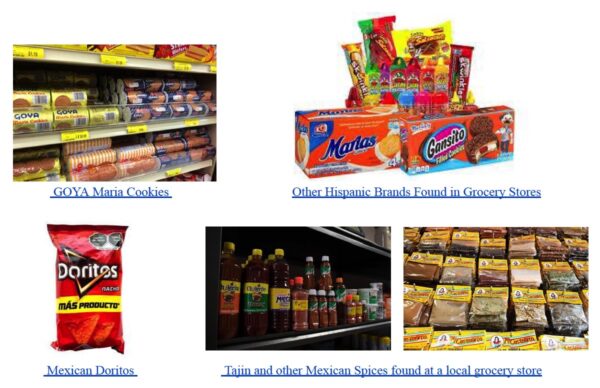
Works Cited
- Barrett, Carly. (2023, September 8). Hispanic Heritage Month: Importance of Family and Food. MUIH. muih.edu/hispanic-heritage-month-importance-of-family-and-food/.
- Coronado, K. B., & Kight, E. R. (2018). Latinx Voices : Hispanics In Media In The U.S. (1st Edition). Routledge, An Imprint Of Taylor And Francis.
https://web.p.ebscohost.com/ehost/ebookviewer/ebook?sid=6e0e0082-1976-4025-b920-350a4d3f8e03%40redis&vid=0&format=EB - Danley, S. (2022, October 13). Hispanic brands, grocery items spark growth for c-stores. Foodbusinessnews.net; Food Business News. https://www.foodbusinessnews.net/articles/22411-hispanic-brands-grocery-items-spark-growth-for-c-stores
- Fleming-Milici, F., Phrommavanh, P., Phaneuf, L., & Harris, J. (2020). SUPPLEMENT: Examples of social media campaigns targeted to teens and Hispanic and Black youth. https://uconnruddcenter.org/wp-content/uploads/sites/2909/2020/09/SocialMediaCampaigns2020.pdf
- Grose, R. (2023, February 15). What Will I Find in a Mexican Grocery Store? The Spruce Eats. https://www.thespruceeats.com/mexican-grocery-store-ingredients-in-the-usa-4125939
- Harris, J. L. (2020). Targeted Food Marketing to Black and Hispanic Consumers: The Tobacco Playbook. American Journal of Public Health, 110(3), 271–272. https://www.proquest.com/docview/2371347313?accountid=4840&pq-origsite=primo&sourcetype=Scholarly%20Journals
- Hurtado, P. (2021, November 3). There’s a new local grocery on South Calhoun Street, adding to its multicultural business district. Input Fort Wayne. https://www.inputfortwayne.com/features/seedfortwayne-zion.aspx
- Korzenny, F., Chapa, S., & Korzenny, B.A. (2024). Hispanic Marketing: The Evolution of the Latino Consumer (4th ed.). Routledge. https://doi.org/10.4324/9781003230755
- PepsiCo. (2024, July 31). Global superstar J Balvin and Cheetos® team up to support Latino community and search for next Deja tu HuellaTMambassador. PepsicoUpgrade. https://www.pepsico.com/our-stories/press-release/global-superstar-j-balvin-and-cheetos-team-up-to-support-latino-community-and-se07312024
- Seibold, A. (2025, January 4). Mexican Doritos Apparently Taste Better Than The American Version. The Takeout. https://www.thetakeout.com/1747704/mexican-doritos-vs-american-version/
- Rainosek, C. (2022, November 17). Food Marketing Companies Add More to Blacks’ and Latinos’ Plates – Salud America. Salud America. https://salud-america.org/more_to_plates/
- Ruggless, R. (2012, March 31). Dunkin’ Donuts debuts ad campaign targeting Hispanics. Nrn.com. https://www.nrn.com/restaurant-operations/dunkin-donuts-debuts-ad-campaign-targeting-hispanics
- Tarnanidis, T., Vlachopoulou, M., & Papathanasiou, J. (2023). Influences of Social Media on Consumer Decision-Making Processes in the Food and Grocery Industry. IGI Global. https://doi.org/10.4018/978-1-6684-8868-3
U.S. Bureau of Labor Statistics. (2024, October 8). Employment Trends of Hispanics in the U.S. Labor Force. Bureau of Labor Statistics. https://www.bls.gov/blog/2024/employment-trends-of-hispanics-in-the-us-labor-force.htm - Vaamonde, S. (2023). What does food represent to the Hispanic culture? LATV. https://latv.com/what-does-food-represent-to-the-hispanic-culture/
- Verbeke, W., & López , G. P. (2005). Ethnic food attitudes and behaviour among belgians and hispanics living in belgium. Br Food J. 2005;107(10):823-840.
https://www.proquest.com/docview/225136220?pq-origsite=primo&accountid=4840&sourcetype=Scholarly%20Journals











